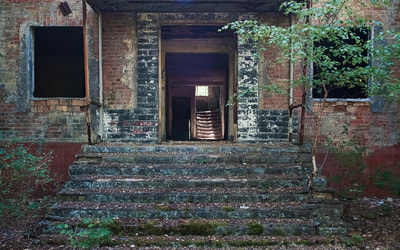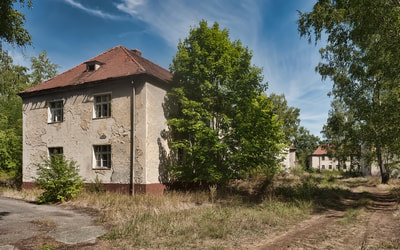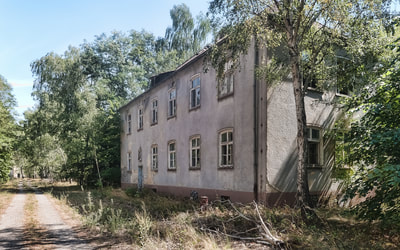What Remains - 2018
Production notesRight after the end of the Franco-Prussian War in 1871, Wilhelm II started a huge effort to strengthen the military power of his German empire. Part of this effort included the construction of a new testing ground for the artillery force, which became increasingly important in modern warfare. A so-called Heeresversuchsanstalt was built some 80 kilometers south of Berlin near the village of Kummersdorf. After the First World War, the Reichswehr illegally used the area; and when in 1933 the Nazis came to power, they converted the place into a technical research center, where tanks, jet engines and rockets were developed and tested. Even a group of the ultra secret Uranium Project was housed at Kummersdorf. Luckily, the Nazi's nuclear scientists weren't successful.
When the Second World War was in its final days, the Red Army captured the labs and the garrison. Soviet forces remained at Kummersdorf until 1994, when they relocated to Russia. Since then, the place is falling to shambles. 25 years have taken their toll, and most structures are reduced to their hulls. Only recently, I was invited by the local Förderverein of Museum Kummersdorf to explore and document the vast area, which measures some 3,200 hectares. The photo documentation has started in August 2018, and is scheduled to be finished by the end of the year. A small selection of photographs are shown on this page; more will be added later. Also at Kummersdorf, the Verein is showing an interesting exhibition in cooperation with the French historical museum at La Coupole. Guerres, Sciences et Techologies covers the era from 1914 to 1945 and gives great insight into military developments of the first half of the 20th century. The exhibition lasts until November 16, 2018, and is open Tuesdays through Sundays from 10.00–18.00 hrs. |












